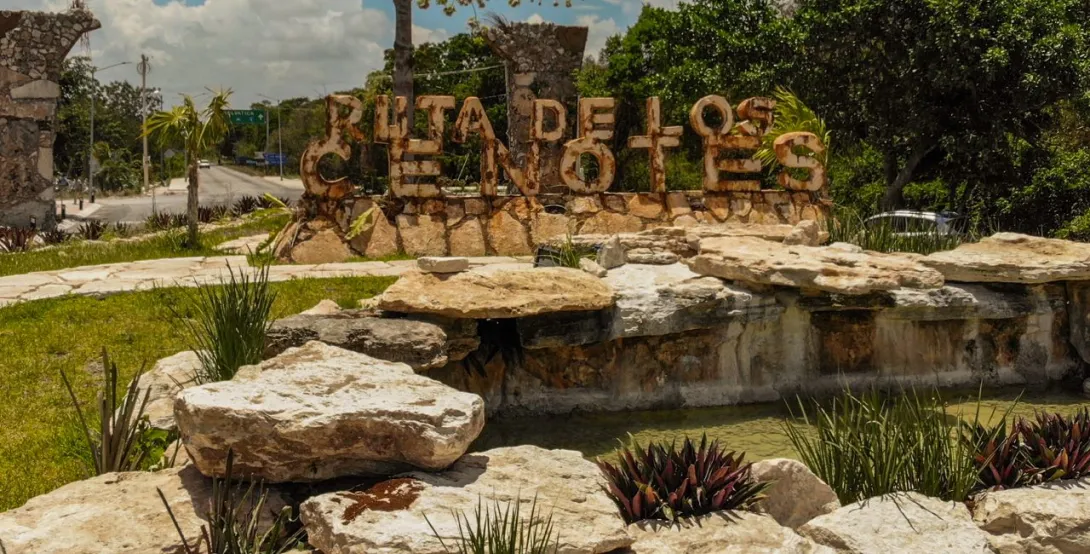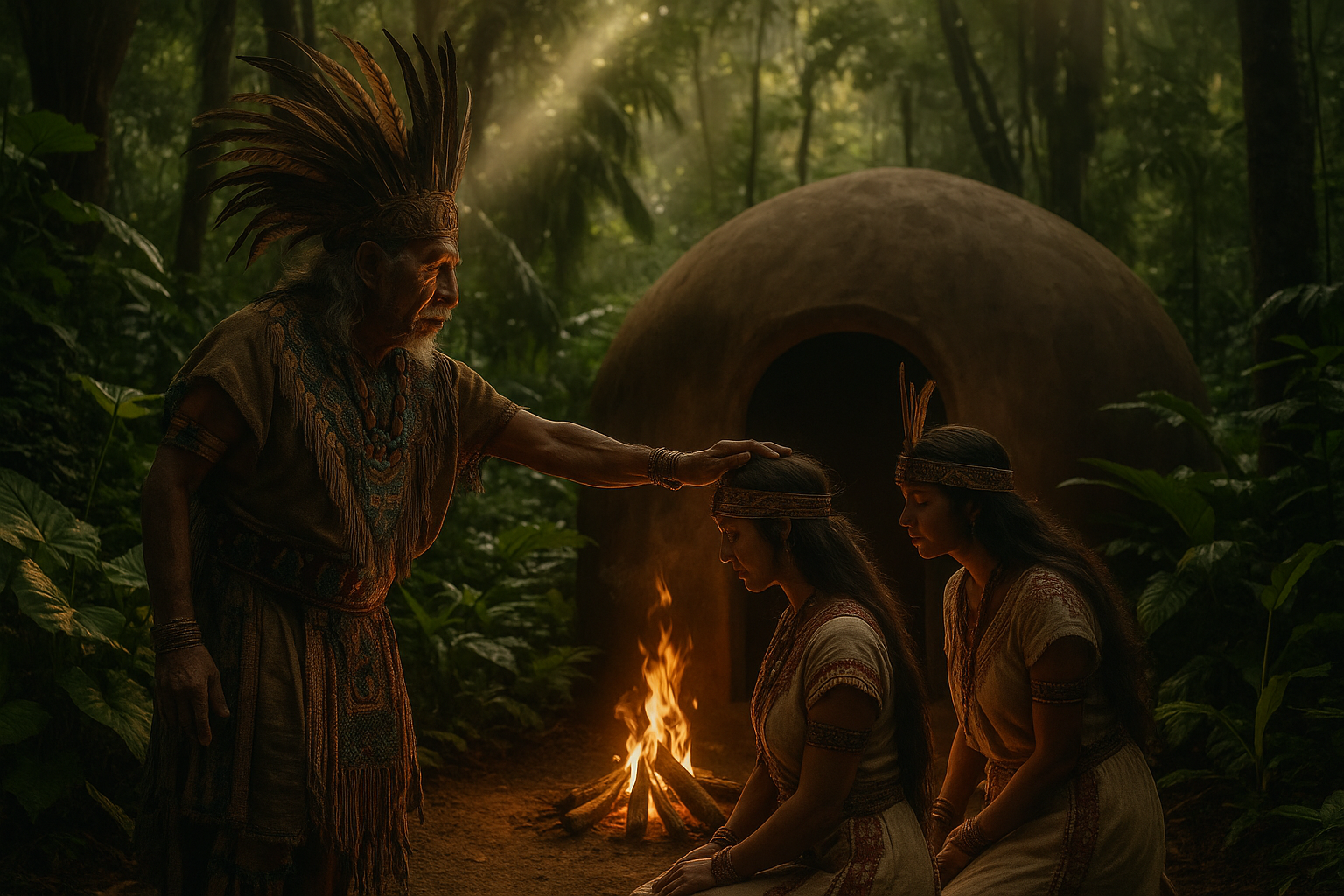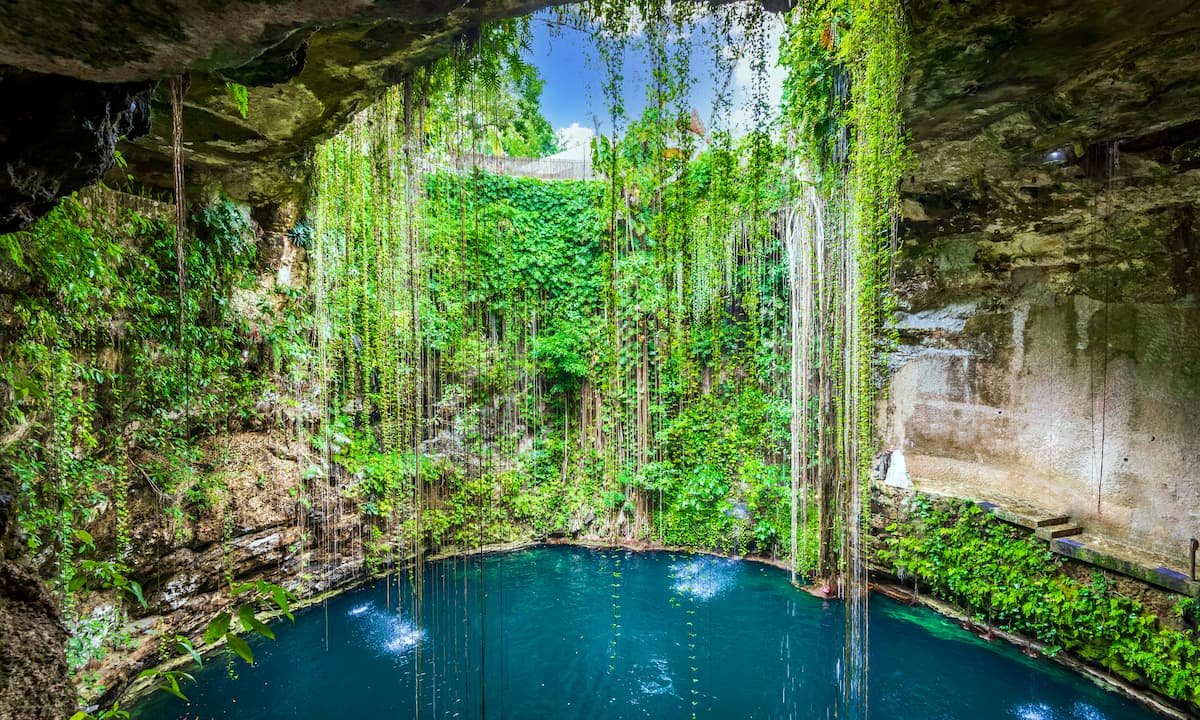Beyond the Beach: Spirits of Puerto Morelos That Reveal Mexico’s Soul

When most travelers imagine Puerto Morelos, they picture palm-lined beaches, coral reefs, and cervezas at sunset. But beyond the familiar beauty lies a Mexico that speaks in ancient rhythms, sacred rituals, and stories woven through generations. For expats, long-term visitors, and locals who linger long enough to look past the surface, Puerto Morelos and its surrounding areas offer a living, breathing lesson in cultural richness and spiritual depth.
This isn't a guidebook to beach bars or five-star resorts. This is an invitation to experience the soul of Mexico—just an hour from Puerto Morelos.
Sacred Rituals and the Spirit of the Land
Temazcal ceremonies are one of the most immersive examples of that soul in action. These traditional Mayan sweat lodges, heated by volcanic stones and infused with sacred herbs, are not simply wellness treatments—they are spiritual cleansings. Led by local shamans, temazcal sessions combine heat, steam, chanting, and silence in a ritual that has been practiced for centuries. Participants often report intense physical, emotional, and energetic shifts—emerging with clarity, calm, and a deeper sense of connection. You’ll find these experiences offered in jungle retreats outside of Leona Vicario or nestled in eco-communities along hidden forest roads.

Temezcal Ceremony in the jungle
Similarly transformative—but far less known to the average visitor—are sacred plant medicine ceremonies such as kambo and peyote. Unlike their trendy cousin ayahuasca, these experiences remain largely underground and preserved by indigenous communities. Kambo, a frog-derived secretion, is known for its purging properties and ability to reset the nervous system. Peyote, a cactus used ceremonially by various tribes across Mexico, opens the door to deep spiritual insight and connection. These ceremonies are not recreational—they are revered, and often life-changing. To attend is to be invited, to be trusted, and to be open to the truth of the land and yourself.
The healing powers of the Yucatán’s plants extend beyond ceremony. Chamomile, arnica, lemongrass, and copal are used daily in households and healing centers throughout the region. Many locals create tinctures, balms, and herbal teas from the plants that grow abundantly in the jungle. These aren't fads; they are generational traditions passed down as part of everyday life. It’s no surprise that some expats and travelers arrive with chronic pain and leave months later with relief they never found through Western medicine.
I’ve felt the healing of this land personally. Years ago, I began to lose sensation in my toes due to a pinched nerve. Surgery was the expected next step—but I chose another path. With regular deep-tissue massage using locally grown CBD oils, herbal compresses, and guided therapeutic techniques, I regained full feeling and balance. The jungle gave me back what I thought I had lost. Chamomile, arnica, lemongrass—these plants grow abundantly here and continue to prove that nature heals, when we listen.
Echoes of the Ancients: From Tren Maya to Portal Xibalba
The land remembers. That’s the feeling many locals describe when speaking of the construction of the Tren Maya—a modern rail project aiming to connect the region and open it further to tourism. While its promise of economic growth is undeniable, the project has stirred something deeper.
Construction workers have shared stories that would raise an eyebrow in any city. Generators suddenly fail. Termites invade freshly cleared spaces. Swarms of bees appear out of nowhere. Some say these aren’t coincidences—they're warnings. A reminder from the land itself that it has not given permission.
One local expat, a German national who moved to the area with his family five years ago, experienced something eerily similar while building his home near what some refer to as Portal Xibalba—a sacred point believed to touch the threshold of the underworld. He hired workers from Chetumal, a city built on the remnants of a former Mayan settlement. These men, experienced builders, refused to sleep indoors throughout the construction process. Instead, they camped under the stars, cooked traditional plant-based meals, and maintained rituals to "ask permission" before each day of work.
“They called it respect,” he said. “And on days when they performed their offerings to the gods, the work flowed perfectly. No issues. But when we forgot… the land reminded us.”
His young daughter, no older than seven at the time, claimed to see strange, animal-like shapes moving in the moonlight—figures half-human, half-beast, pacing the grounds as if inspecting the foundation. “Like ancient architects,” the father joked. But even in jest, his voice held reverence.
Stories like his aren’t rare in this region. They are shared in quiet conversations over meals, whispered in jungle paths, and offered only when the listener seems ready. Whether you believe in spirits or not, the consistency and sincerity of these accounts suggest that something deeper runs beneath the soil here.
Culture in Motion: Living Language, Wild Monkeys, and Sacred Waters
The natural landscape supports these beliefs with quiet power. The Ruta de los Cenotes, just inland from Puerto Morelos, hides hundreds of freshwater sinkholes once considered portals to Xibalba—the Mayan underworld. While some are developed for tourism, many remain untouched, accessible only to those who know where to look. Floating in their cool, silent waters feels like slipping into another realm, held by limestone walls that have witnessed millennia.

Cenote Ik Kil
Above ground, the air carries the calls of spider monkeys swinging freely through the trees in protected communities. These animals are not confined to reserves—they’re neighbors. Living among them means accepting the jungle as co-tenant, not something to conquer.
Even language here reflects preservation. The Maya language is not dead—it’s spoken in markets, homes, and community gatherings. In pueblos like Chunhuhub or Tepich, you’ll find bilingual signs and hear children switching between Spanish and Maya with ease. It’s a living language, and with it, a living way of seeing the world.
The same spirit is found in kitchens where tortillas are still hand-pressed from native corn and cochinita pibil is buried to roast in banana-leaf wrapped earth ovens. You won’t find these meals in hotel zones or high-traffic tourist centers. You’ll find them in humble homes and roadside stalls, shared with pride and flavored with history.
A Place That Changes You
So let me ask you: What draws you here?
Is it the beaches? The warm sun? The turquoise water? Or is it something more?
Because beyond the beauty lies the spirit of this place—alive in the language, the food, the traditions, the earth, and the quiet strength of its people. And once you experience that, Puerto Morelos will never feel like just a vacation again.
Looking to explore the deeper side of Puerto Morelos? Quanna Property Services doesn’t just manage homes—we connect people to place. Whether you’re looking for an authentic experience, wellness guidance, or trusted hands to care for your space, we’re here to help you feel at home in every sense.
Contact us today or follow us on Instagram, Facebook to discover what’s possible when you move beyond the beach.